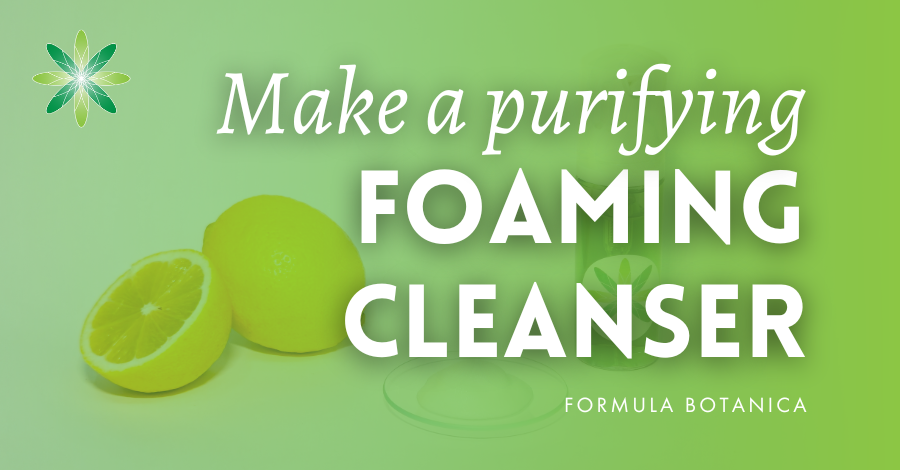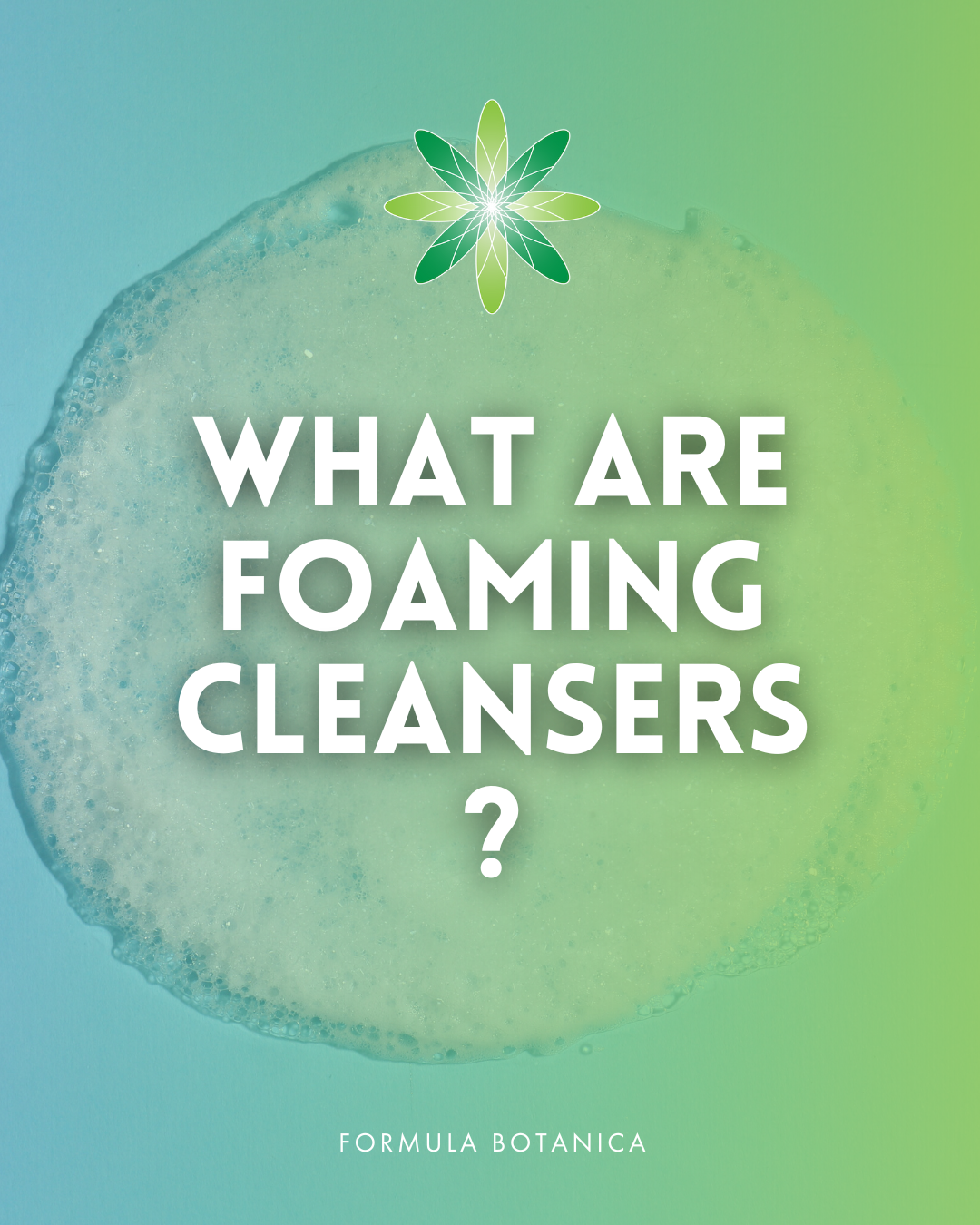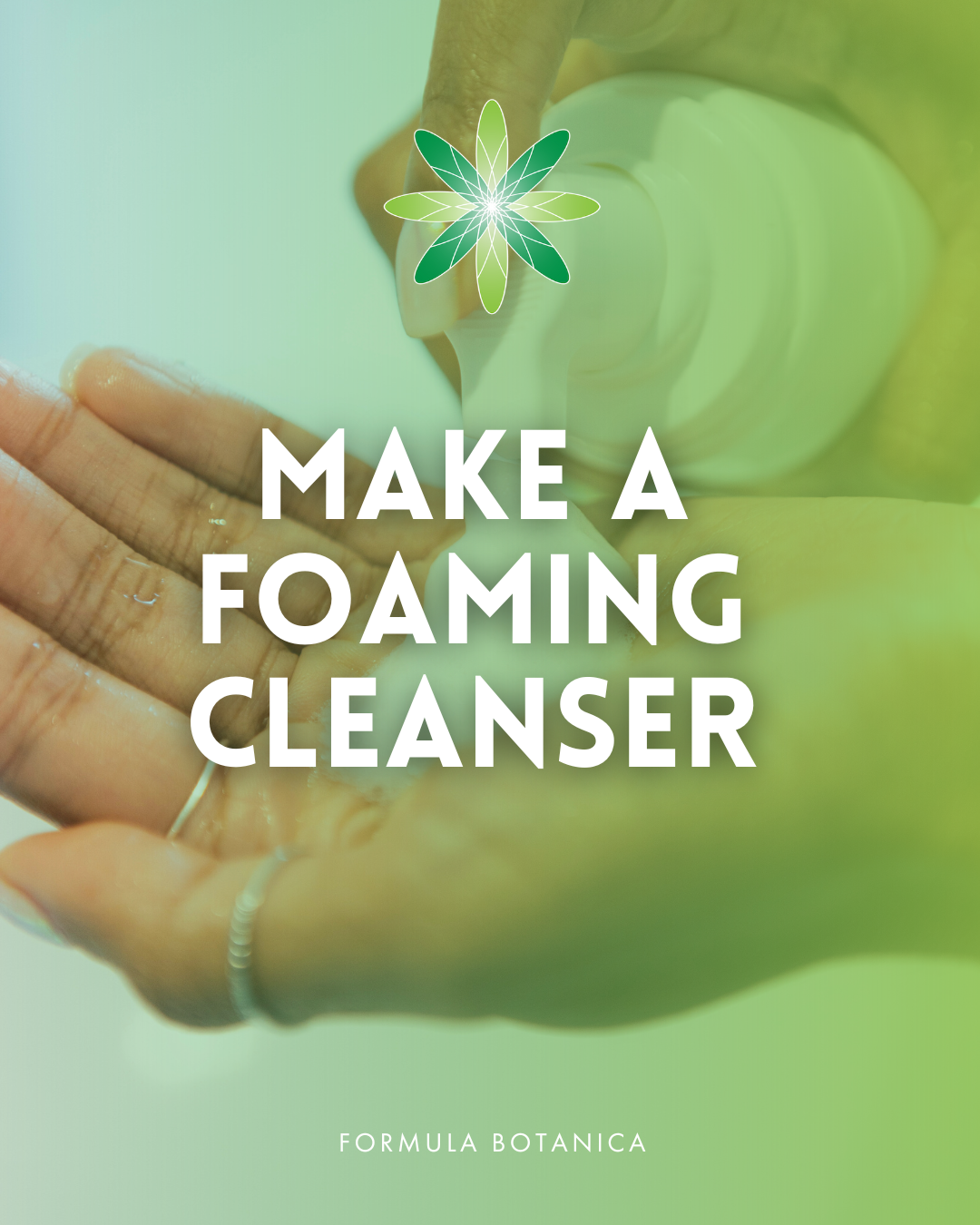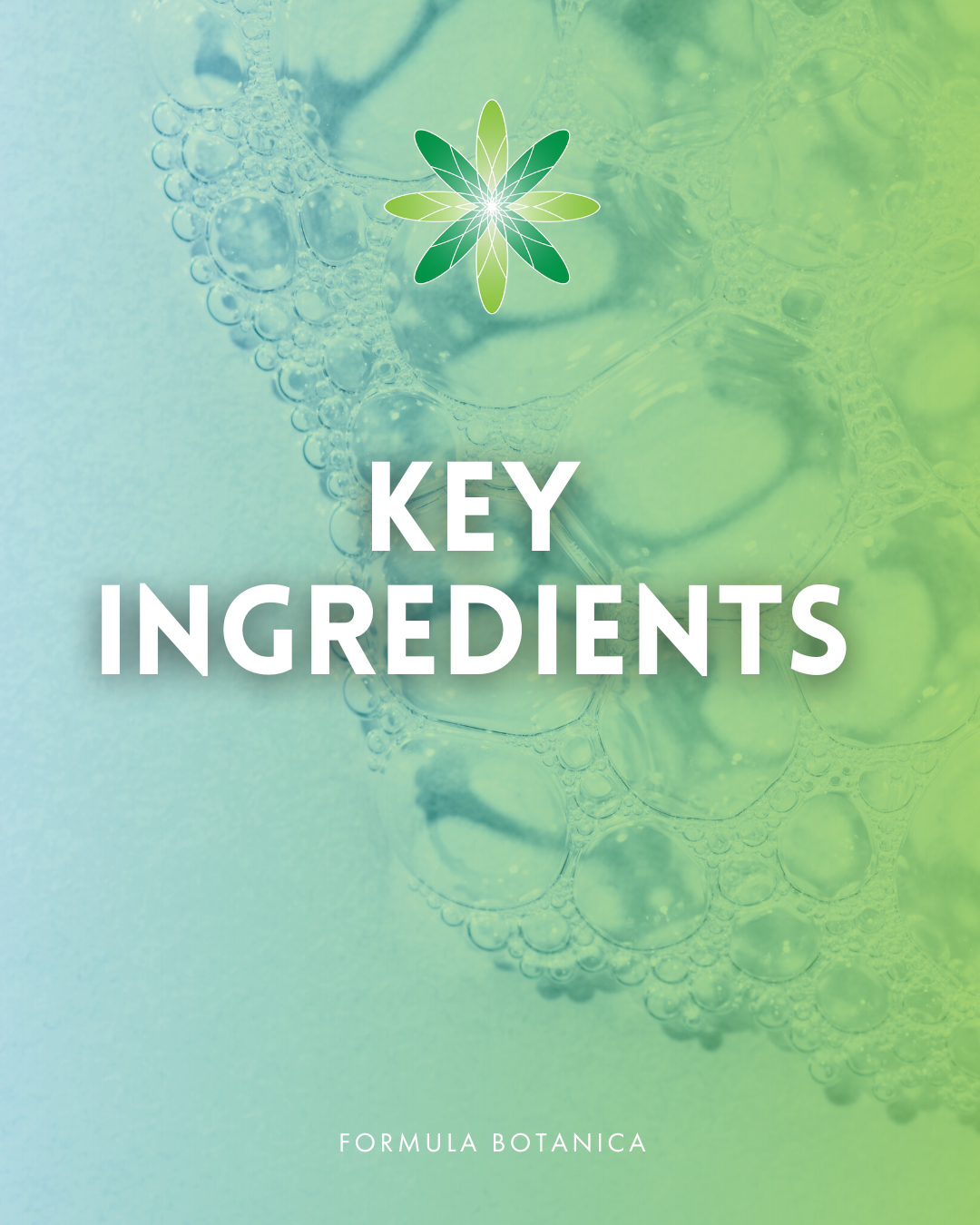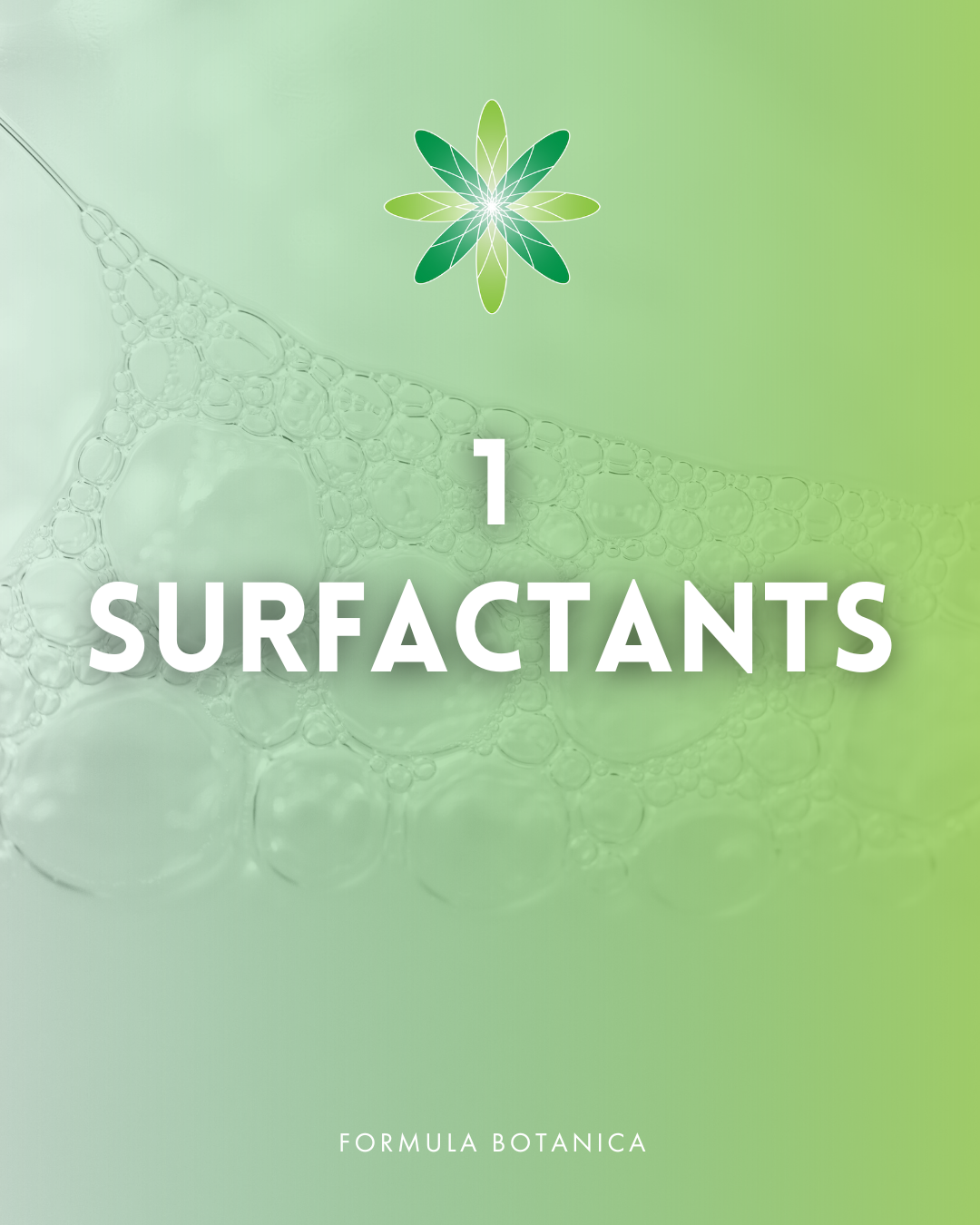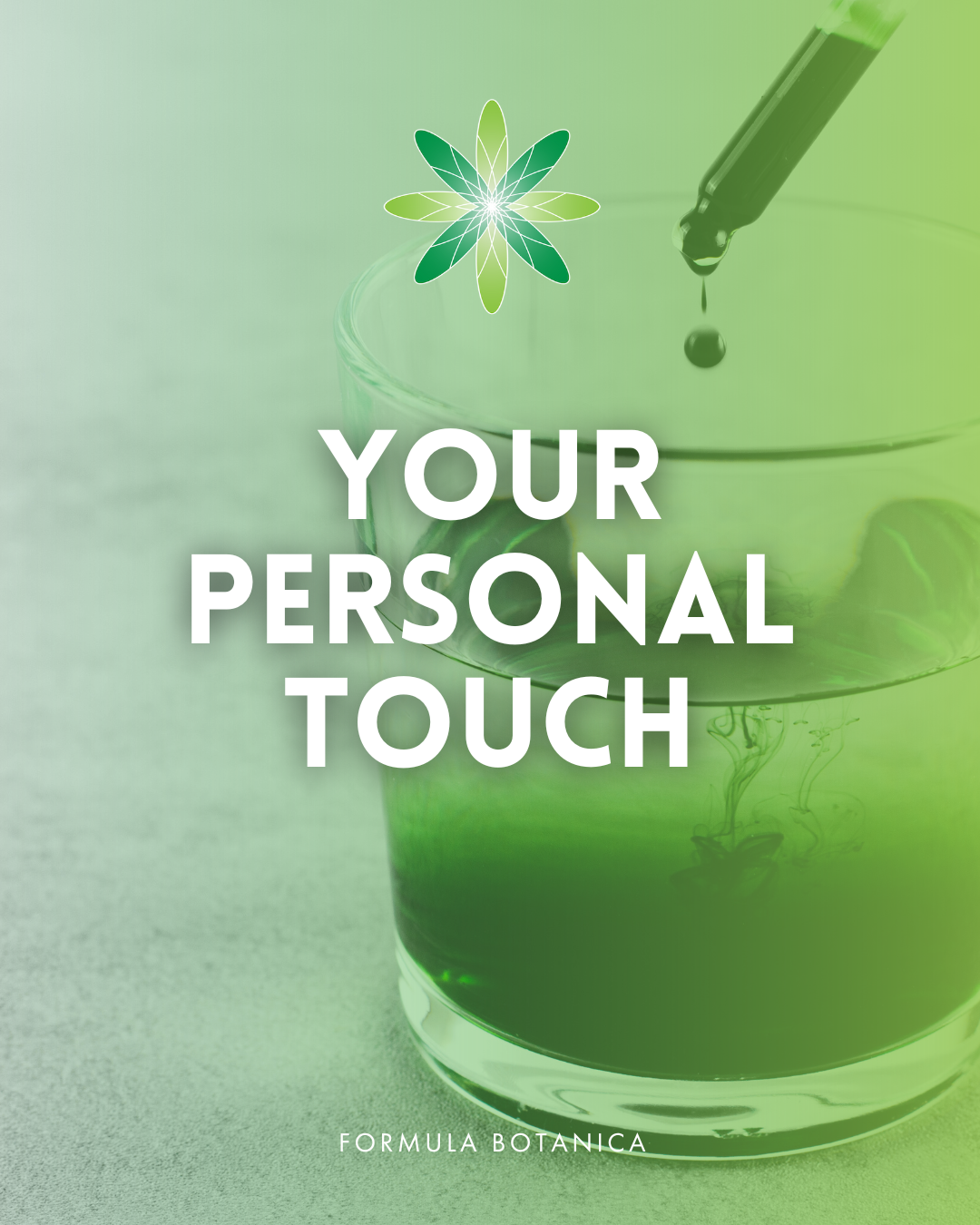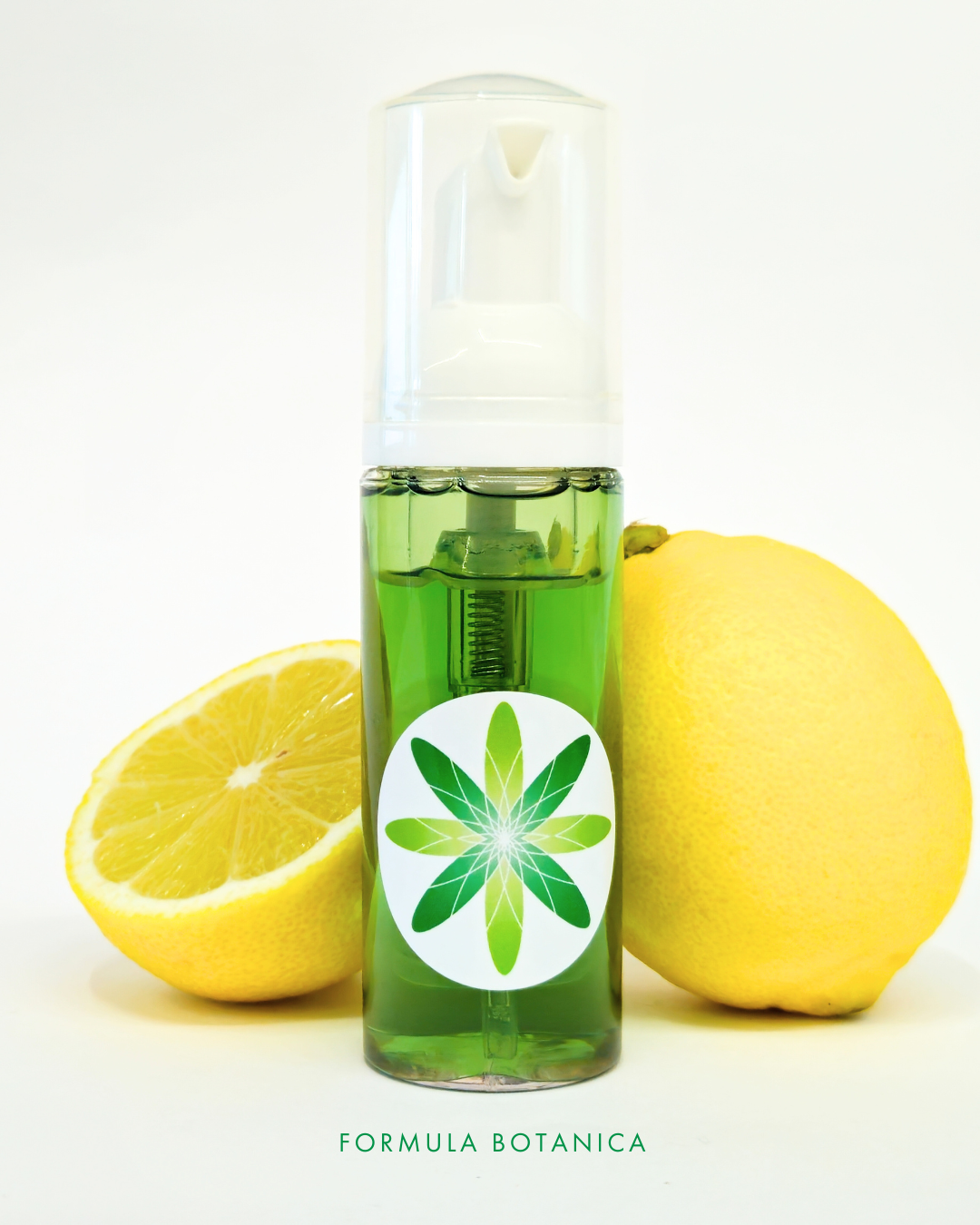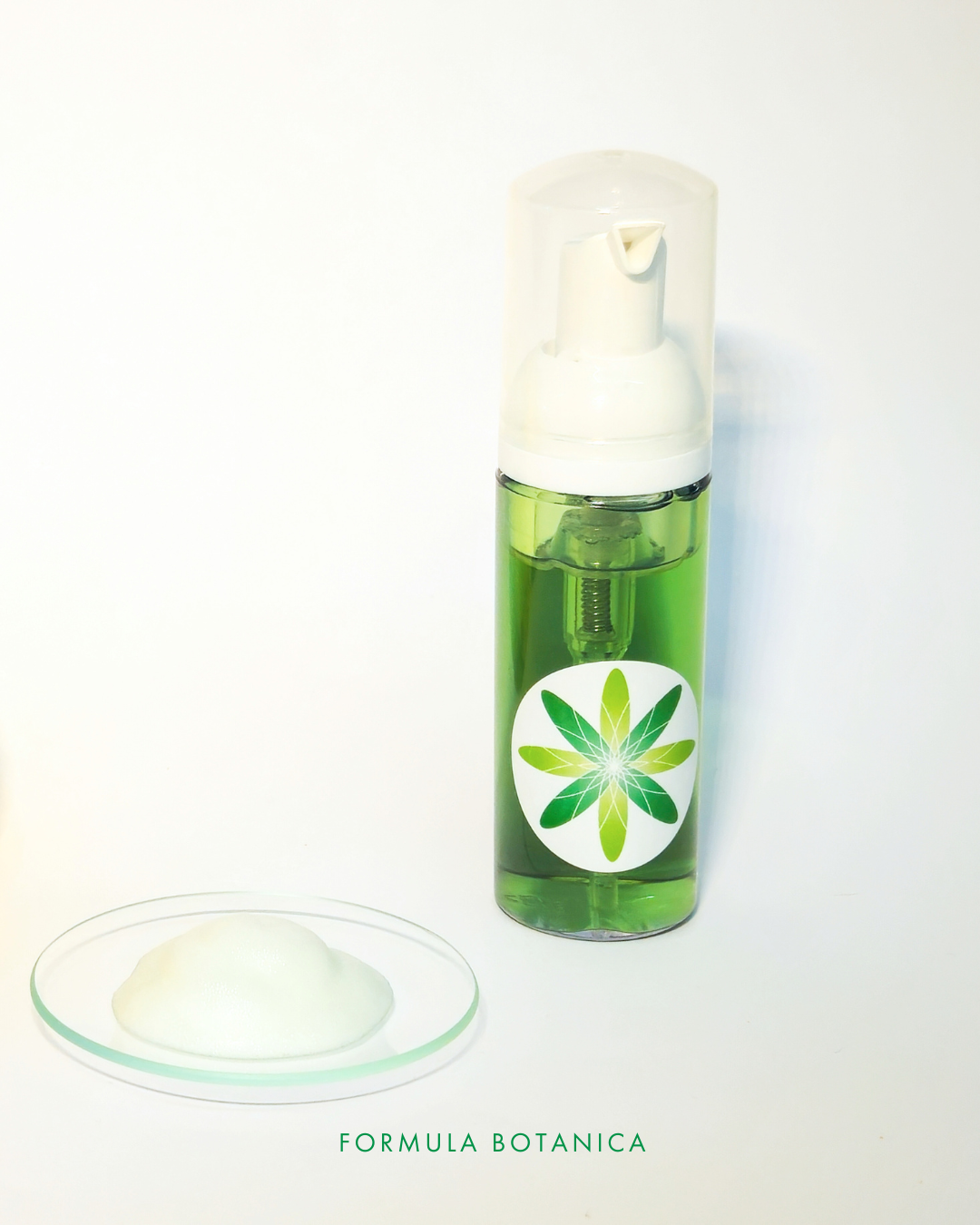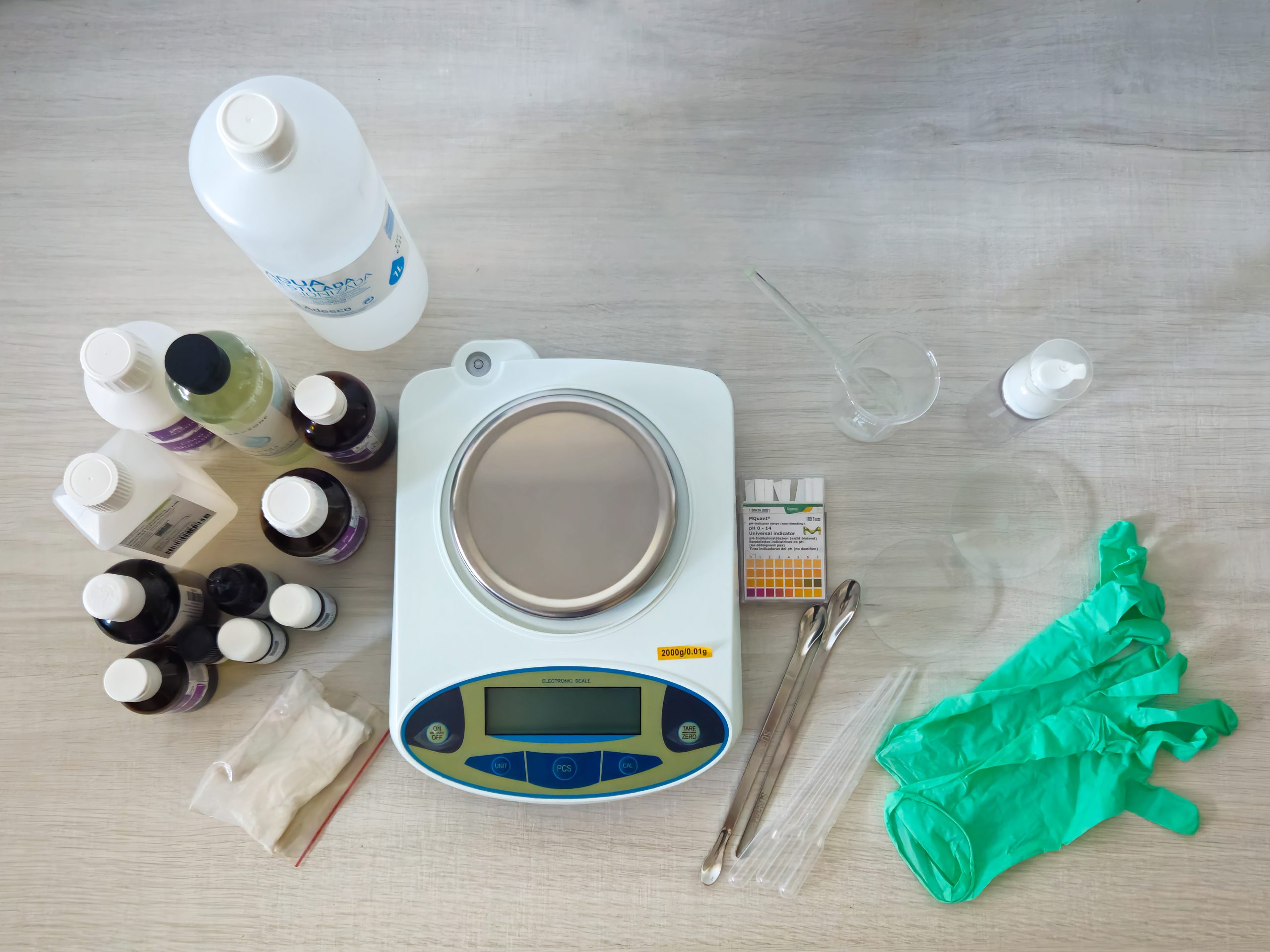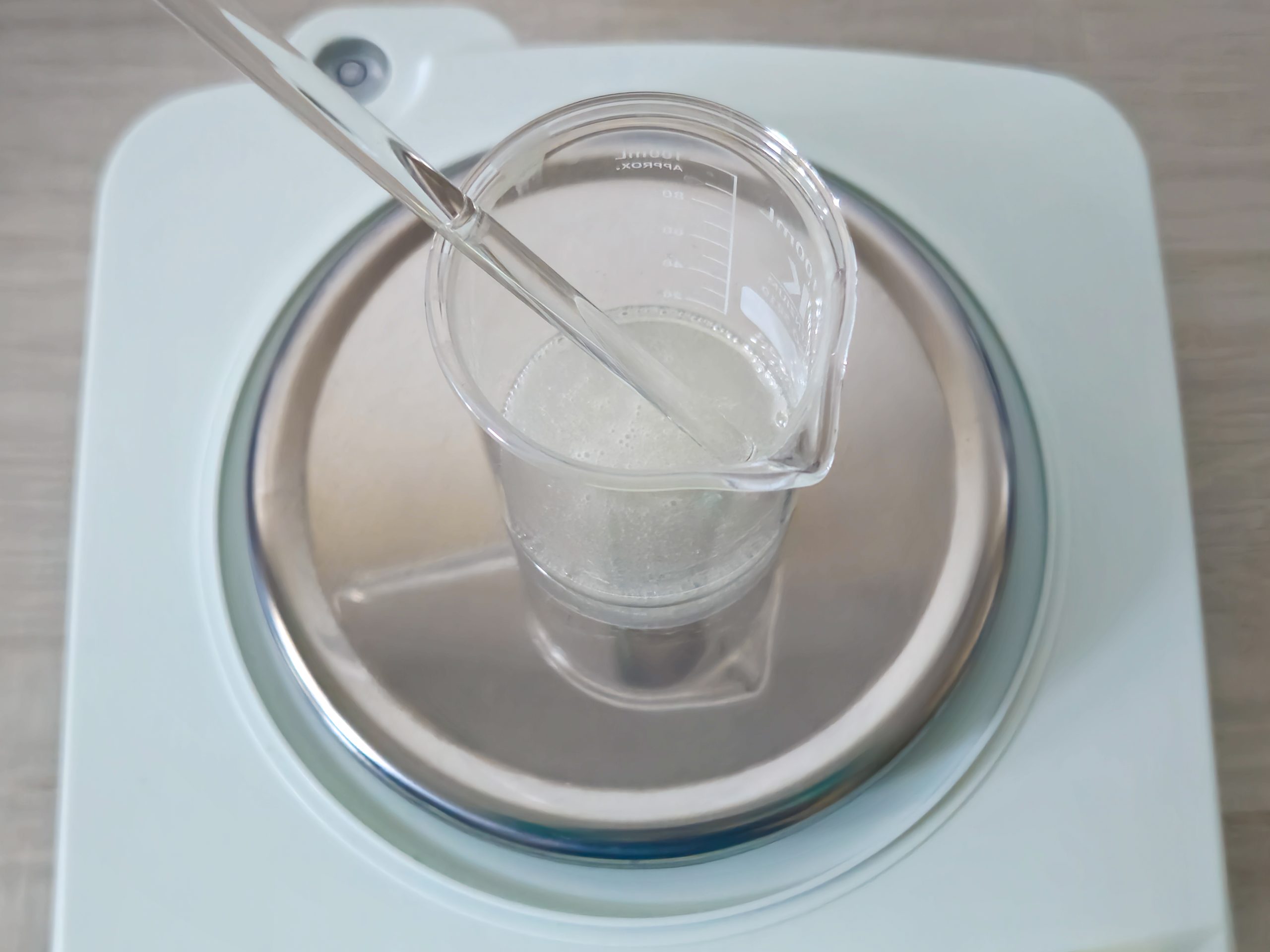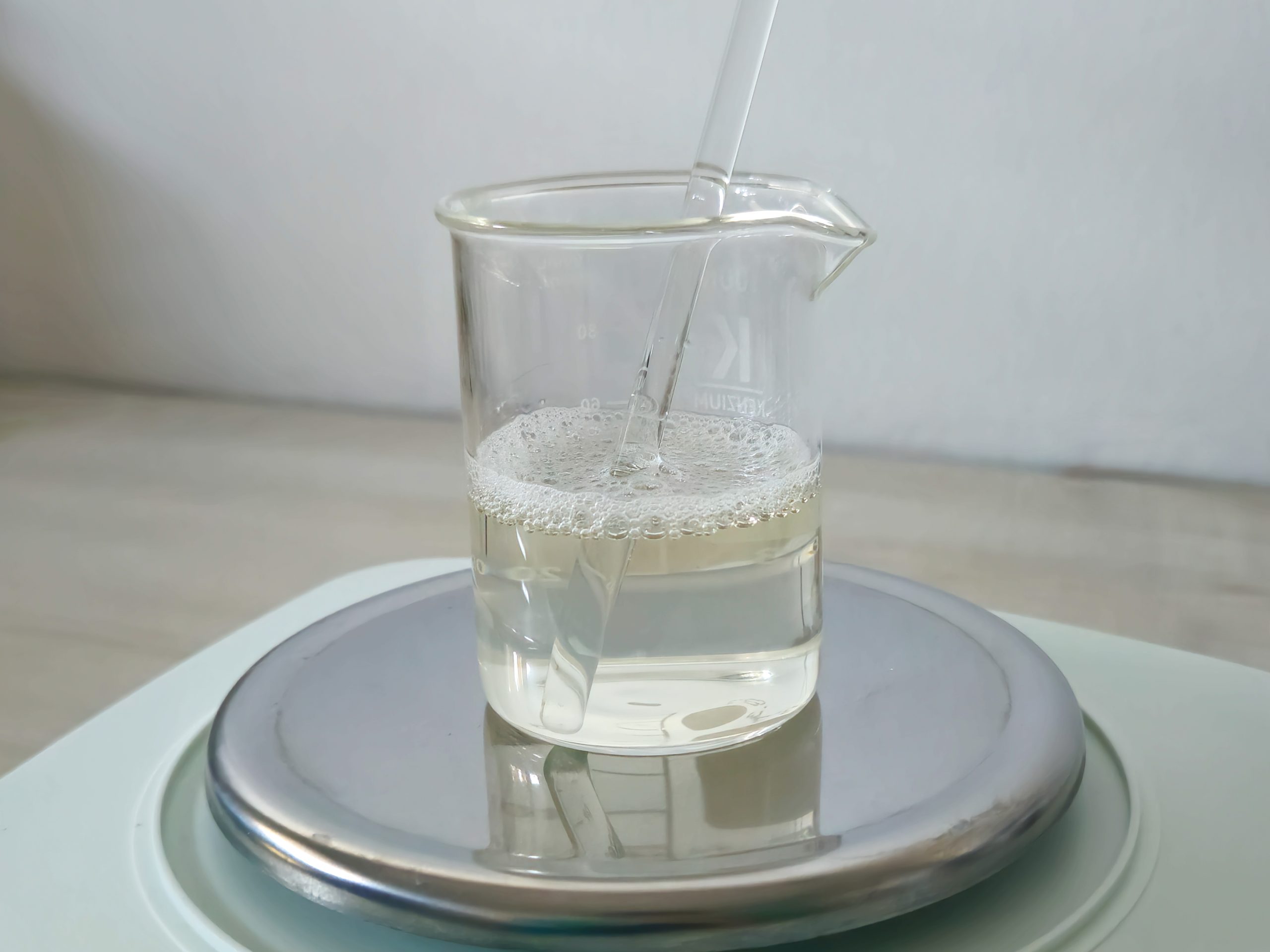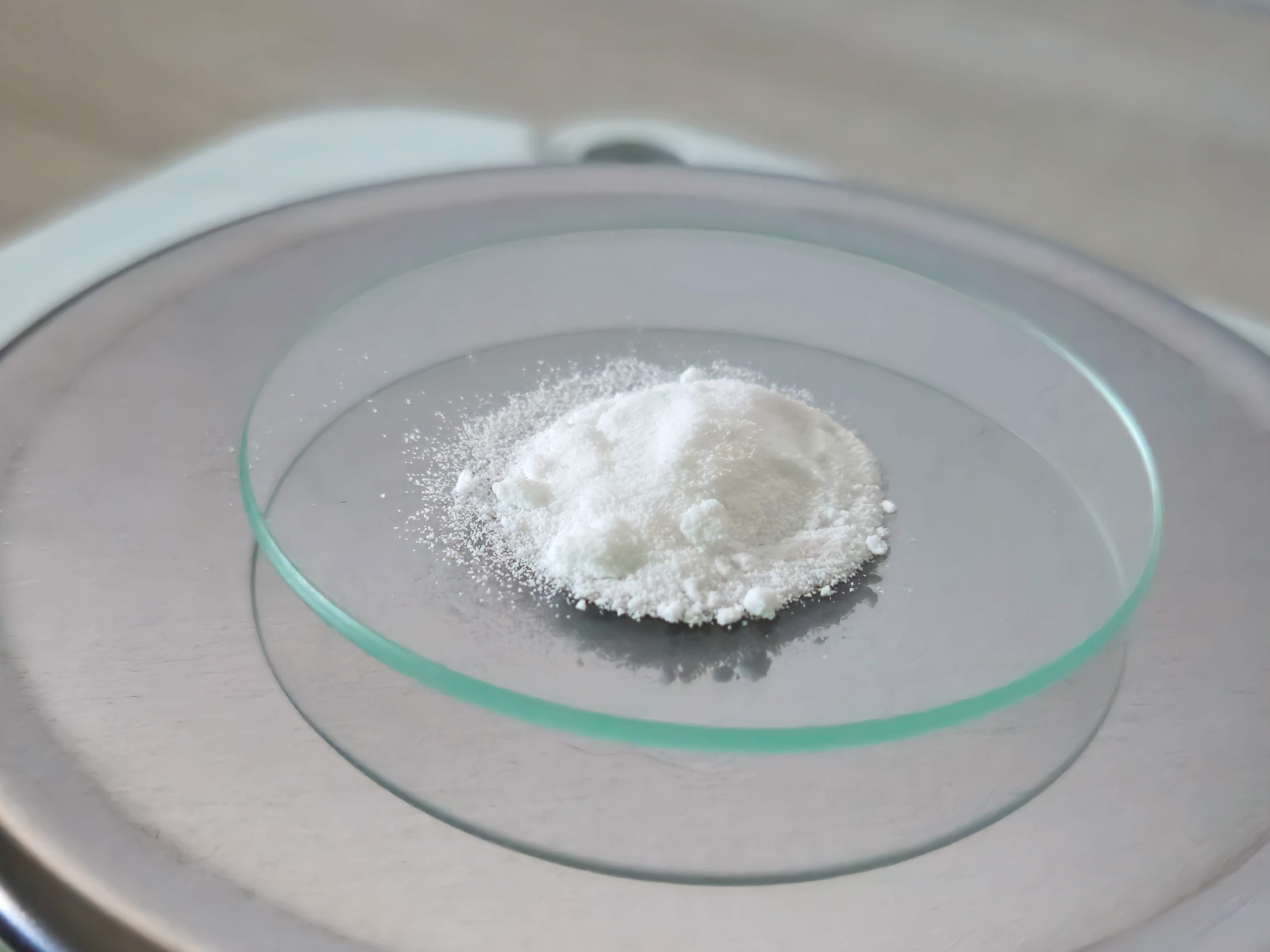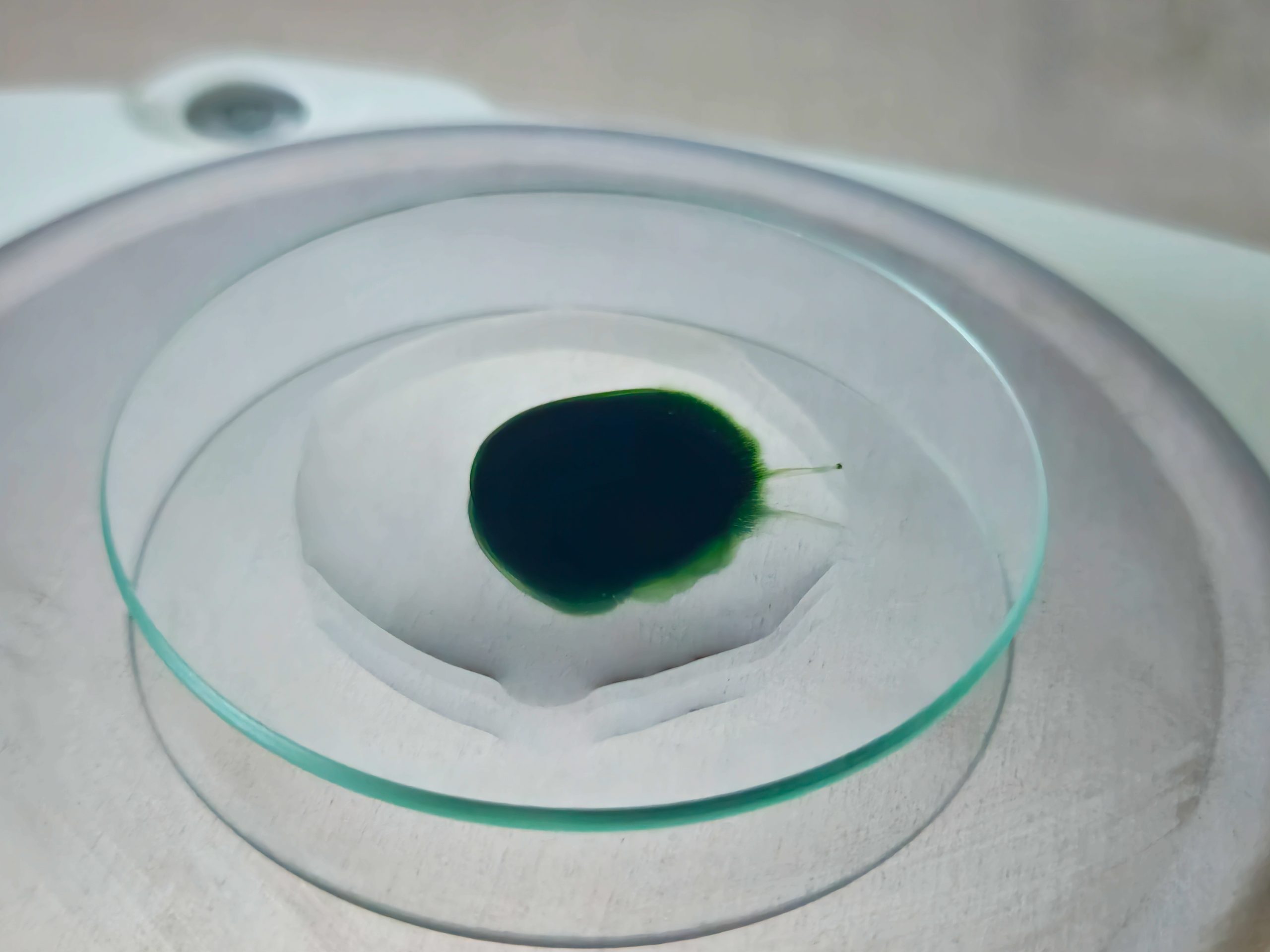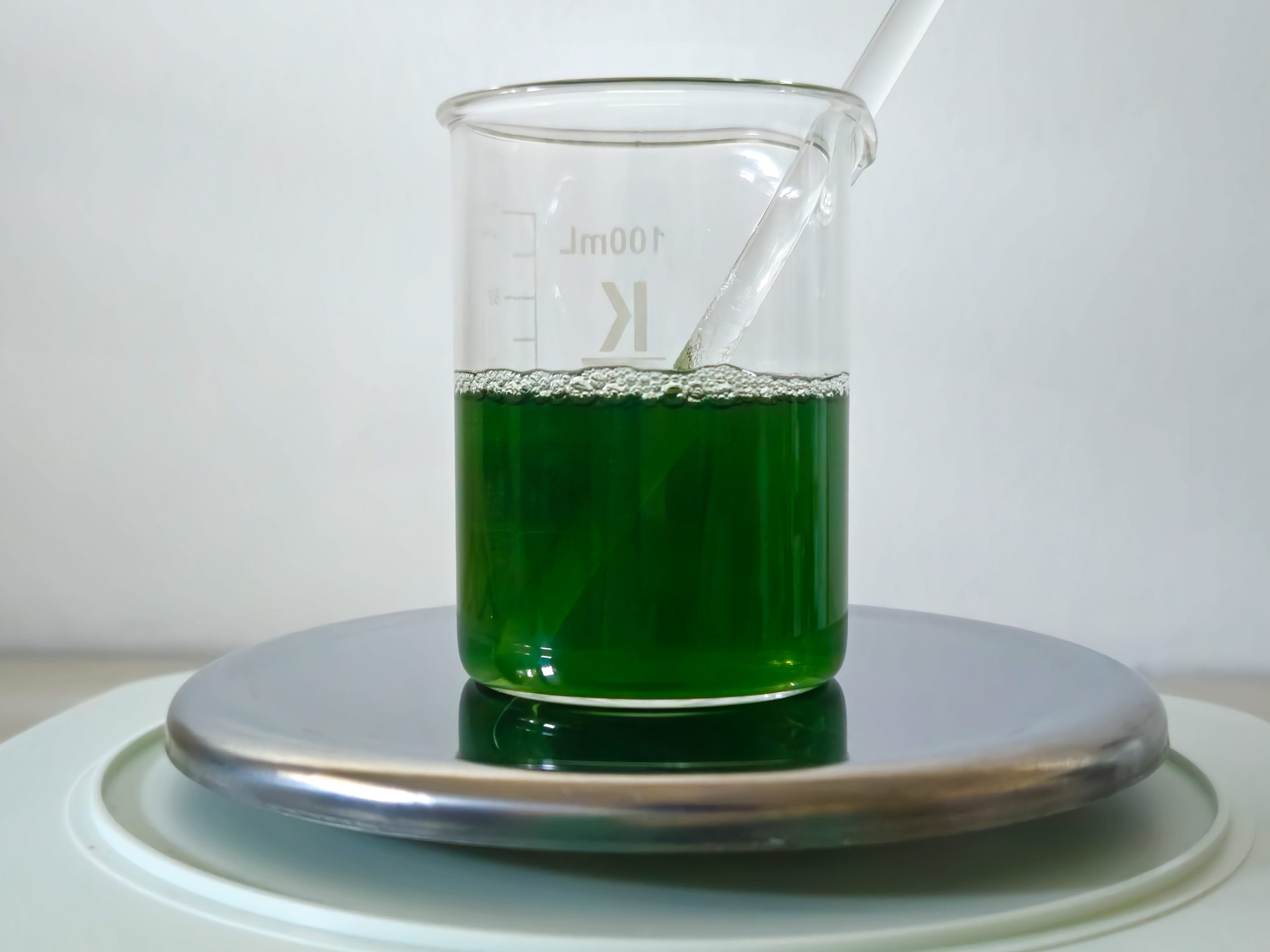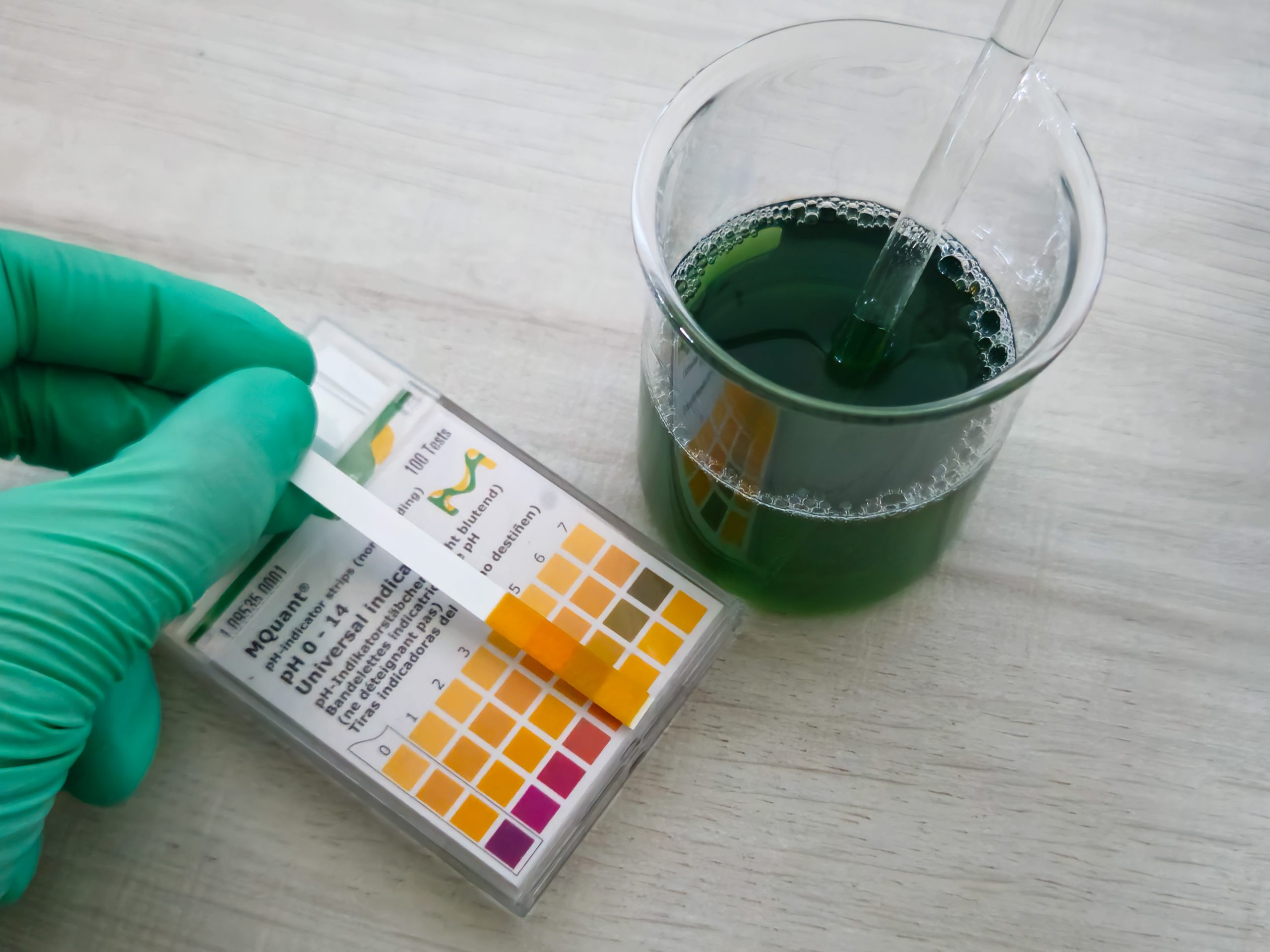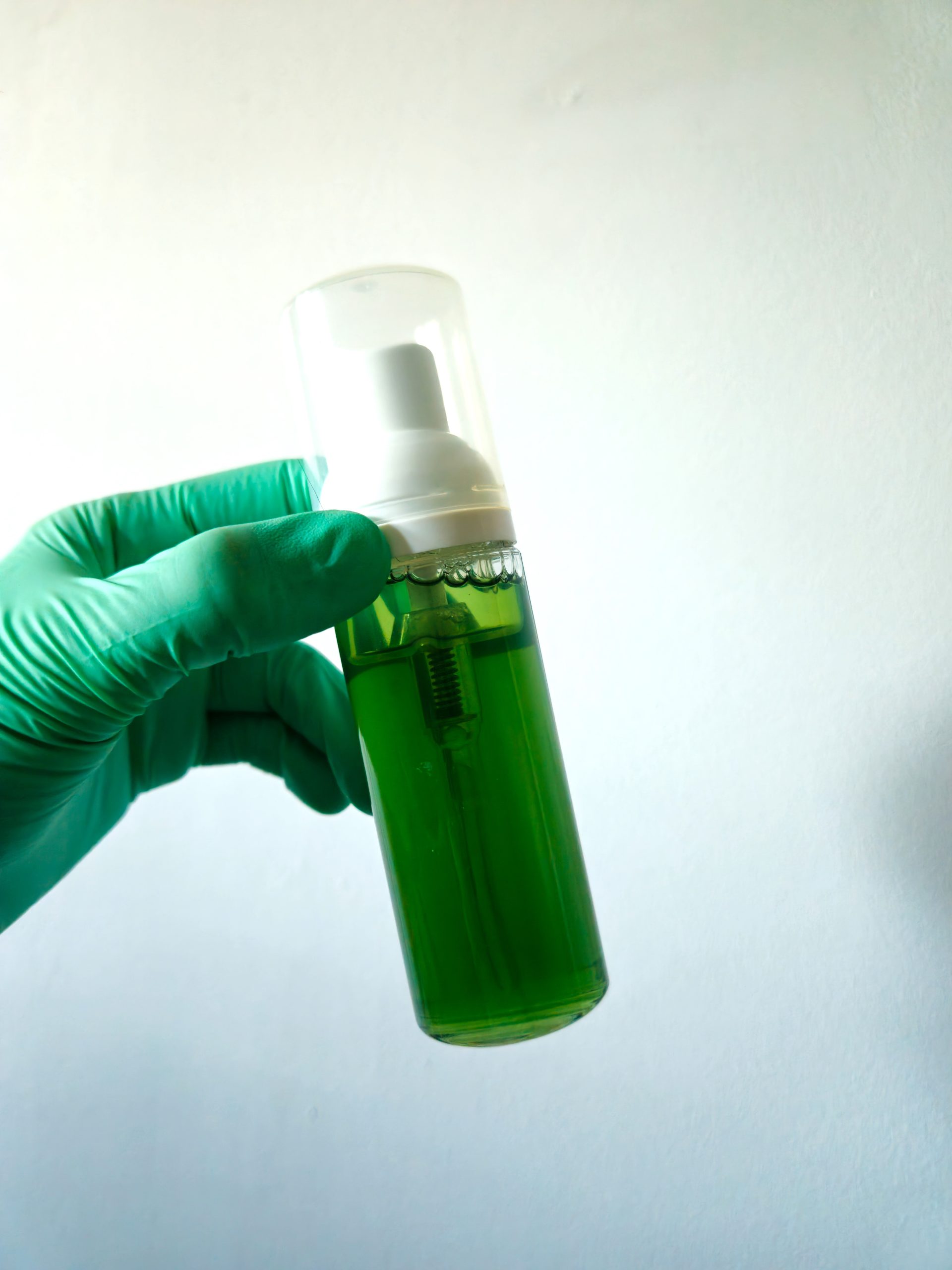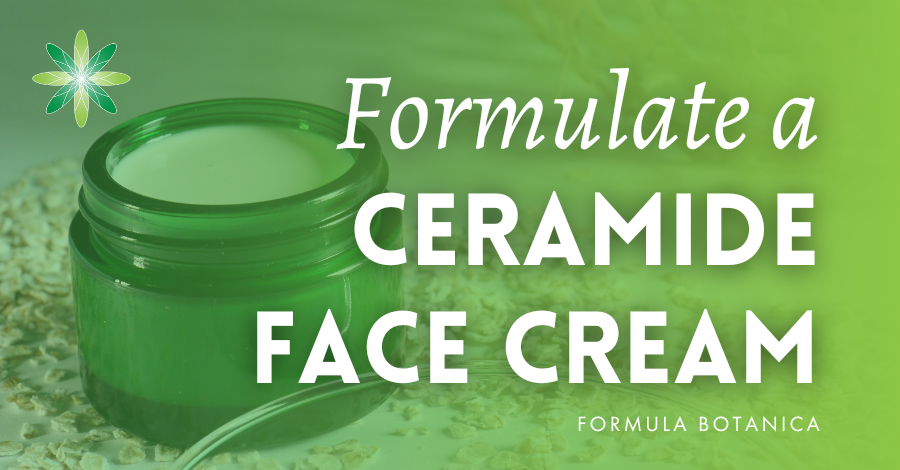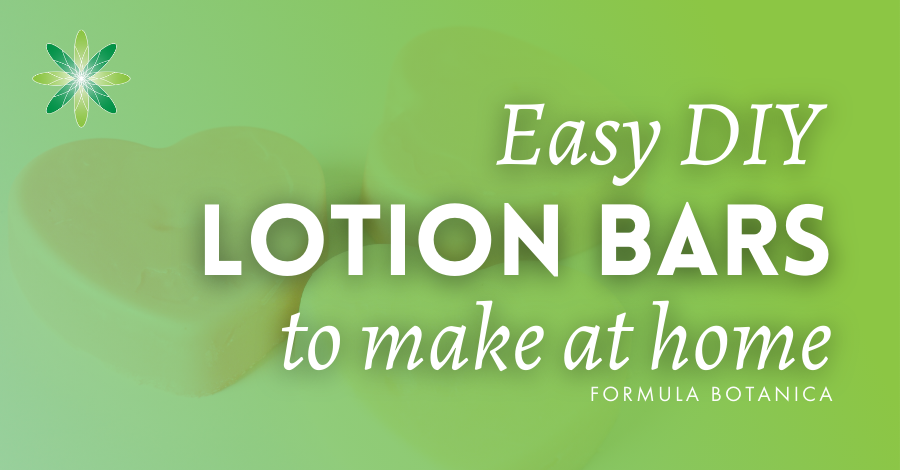When it comes to cleansing, the choices can feel endless—gels, balms, oleogels—that it sometimes can feel overwhelming trying to find the right one for your skin. But don’t worry, I’ve got you covered! In today’s post, I’m going to show you how to make a purifying foaming cleanser, in just a few minutes.
Foaming cleansers are a personal favourite of mine. They’re not only fun to use, but they’re also super easy to make. And one of the joys of being a formulator is the freedom to choose the exact ingredients that work best for your skin type and needs.
The foaming cleanser I’ve created for you today is packed with active ingredients like willow bark and niacinamide, which help purify without stripping your skin. Plus, the refreshing scent will leave you feeling uplifted every time you use it.
In this post, I’ll walk you through my creative formulation process and show you how to recreate this cleanser, step-by-step. By the end of this, you’ll be able to make your own purifying foaming cleanser!
What is a foaming cleanser?
First, let’s look at what a foaming cleanser is. A foaming cleanser is a light cleanser that produces a creamy foam and soft lather. It removes dirt and oil without stripping your skin’s natural moisture, which makes it great for all kinds of skin types.
The magic of this cleanser lies in the foaming bottle which mixes air into the liquid cleanser as you pump, creating a gentle foam that’s easy to use.
Why you need to make this cleanser
I created this purifying foaming cleanser for people with acne-prone and sensitive, dry skin. This gentle formula cleanses without drying the skin or stripping its protective barrier. I also chose soothing ingredients to help calm any irritation that may occur.
You might be surprised to learn that acne isn’t just a problem for oily skin. However, many cleansers for acne-prone skin are too harsh, which only makes dry, sensitive skin feel even worse.
So if your skin is both acne-prone and also dry and sensitive, this cleanser is perfect for you!
Key ingredients
Let’s start by taking a look at the key ingredients that make this foaming cleanser so special.
Surfactants
First, we have surfactants. Surfactants are a fascinating group of functional ingredients that do a lot of the heavy lifting in skincare and haircare products. They’re the ones responsible for creating that satisfying foam we all love, but more importantly, they act as cleansing agents. You’ll find them in shower gels, shampoos, and facial cleansers.
To learn more about surfactants, check this post:
Usually, in cleansers, I like to pair a surfactant with good cleansing and foaming properties, with another, gentler surfactant to balance any potential harshness from the primary surfactant. For this foaming cleanser, I chose:
Amisoft® CS-22
INCI: Sodium Cocoyl Glutamate (and) Disodium Cocoyl Glutamate (and) Aqua
Amisoft® CS-22 is a mild anionic surfactant with excellent cleansing and foaming properties.
Coco glucoside
INCI: Coco-glucoside
Coco glucoside is a gentle non-ionic surfactant with good foam stabilising properties. It is great for sensitive skin.
Lamesoft® PO 65
INCI: Coco-Glucoside (and) Glyceryl Oleate
Lamesoft® PO 65 is a co-surfactant, refattening and skin-conditioning agent designed for cleansing formulas. It helps replenish the skin’s lipid barrier, preventing the skin from drying.
Active ingredients
Now, while surfactants are the main functional ingredients in a cleanser and there is a lot to say about them, I know you want to learn more about the active ingredients in the formula. Here are the active ingredients I’ve selected for this foaming cleanser:
Willow bark extract
INCI: Aqua (and) Salix Nigra Bark Extract
At first, I considered using salicylic acid because it’s excellent for acne-prone skin. However, it can be tricky to include it in water-based formulas, and I wanted to keep things as simple as possible for you.
So, I chose a botanical alternative: willow bark extract. Did you know salicylic acid was first discovered in willow species? Fascinating, isn’t it?
Willow bark is rich in salicylates related to salicylic acid, known for their anti-inflammatory and antimicrobial properties.
Besides, willow bark contains tannins that provide astringent effects and a variety of antioxidant phytochemicals. This extract gently exfoliates the skin, helping to unclog pores and promote skin cell renewal. Exactly what we need for our cleanser!
Vitamin B3
INCI: Niacinamide
My second choice is vitamin B3, also known as niacinamide.
This multifunctional active ingredient helps regulate sebum production, reinforces the skin barrier, increases hydration and presents soothing properties. It’s an excellent choice for acne-prone skin that’s also dehydrated and sensitive.
If you want to learn more about Niacinamide, check out our dedicated Mini Lab about this ingredient on our membership site, the Lab at Formula Botanica.
Aquaxyl™
INCI: Xylitylglucoside (and) Anhydroxylitol (and) Xylitol
For my last active ingredient, I chose Aquaxyl™. This is a humectant, meaning it attracts and binds moisture to the skin. It is a blend of plant sugars that boosts hydration, improves foam quality, and reduces irritation from surfactants, making it perfect for sensitive skin.
Essential oils & hydrosol
For this formula, I wanted an uplifting and refreshing scent. I included lemon and frankincense essential oils, which have astringent and antiseptic properties, and paired them with the calming scent of cornflower hydrosol. Find out more about hydrosols below:
Adding a personal touch
Even though I was happy with the ingredients I’d chosen for the cleanser, I couldn’t shake the feeling that something was missing. I wanted to give it a little extra something—a special touch to really make it stand out and give it its own personality.
So, I went back to my ingredient stash, and there it was, tucked away in a corner—a small bottle of chlorophyll. Perfect! Chlorophyll is a water-soluble, natural green colourant, and I knew it would add that extra pop I was looking for.
The green felt like the perfect match for the purifying theme, and it complements the fresh fragrances I’d chosen. Of course, you don’t have to use chlorophyll—you can swap it out for another water-soluble colourant from the list below:
Have fun with it and make it your own! Also, keep in mind that some plant-based colours can fade more quickly.
Our formulation: Purifying foaming cleanser
Makes: 60g
Formulation: Cold-process
Level: Beginner-friendly
Time: 30 minutes
| Phase | Ingredients | INCI | Weight (g) |
| A | Amisoft® CS-22 | Sodium Cocoyl Glutamate (and) Disodium Cocoyl Glutamate (and) Aqua | 6.00 |
| A | Coco glucoside | Coco-glucoside | 3.60 |
| A | Lamesoft® PO 65 | Coco-glucoside (and) Glyceryl Oleate | 1.20 |
| A | Frankincense essential oil | Boswellia Serrata Oil | 0.12 |
| A | Lemon essential oil | Citrus Limon Peel Oil | 0.18 |
| A | Preservative ECO (Geogard ECT) | Benzyl Alcohol (and) Salicylic Acid (and) Glycerin (and) Sorbic Acid | 0.60 |
| B | Cornflower hydrosol | Centaurea Cyanus Flower Water (and) Benzyl Alcohol (and) Dehydroacetic Acid (and) Aqua | 12.00 |
| B | Distilled water | Aqua | 26.67 |
| C | Willow bark extract | Aqua (and) Salix Nigra Bark Extract | 6.00 |
| C | Niacinamide | Niacinamide | 1.20 |
| C | Aquaxyl™ | Xylitylglucoside (and) Anhydroxylitol (and) Xylitol | 0.60 |
| D | Chlorophyll | Glycerin (and) Aqua (and) Chlorophyllin-copper Complex | 0.03 |
| D | Pentylene glycol | Pentylene glycol | 1.80 |
| Total: 60.00 |
Equipment:
- Scales
- Glass beakers
- Glass rods
- Stainless steel spoons
- Watch glass
- Pipettes
- pH strips or pH meter
- Foaming bottle
Our formulation: Purifying foaming cleanser
Step 1: Prepare your workspace
Start by preparing your workspace so it’s clean and organised. Sanitise all your utensils and work area, to ensure a hygienic environment. Wear gloves and an apron to protect yourself and your formulation.
Step 2: Weigh the surfactants, preservative ECO and essential oils
Place a glass beaker on your scale and tare it. Begin by weighing the surfactants—Amisoft CS-22, Coco Glucoside, and Lamesoft PO 65—one at a time, resetting the scale after each. Then add the preservative ECO, followed by the lemon and frankincense essential oils. Gently mix all ingredients with a glass rod until fully combined.
Step 3: Add the cornflower hydrosol and distilled water
Next, weigh and add the cornflower hydrosol and distilled water to the surfactant beaker. Stir gently with a glass rod to avoid creating foam.
Step 4: Add the active ingredients
Using a pipette, add the willow bark extract to the mixture, followed by Aquaxyl. Stir gently to combine. Weigh the niacinamide powder on a watch glass, then transfer it to the mixture and mix thoroughly.
Step 5: Prepare the colourant mixture
Weigh the chlorophyll onto a watch glass (approximately 1-2 drops; it’s fine to add a bit more or less). Next, weigh the pentylene glycol and mix it with the chlorophyll until fully blended.
Step 6: Add the colourant
Finally, add the chlorophyll mixture to the beaker and mix it gently until all ingredients are fully combined.
Step 7: Measure and adjust the pH
Measure the pH of your cleanser using pH strips or a pH meter. The ideal pH should be between 4.5 and 5. Adjust the pH as needed to ensure it’s balanced. For more detailed pH guidance, check out our Diploma in Organic Skincare Formulation.
Step 8: Package and label
Carefully transfer your cleanser into a foaming pump bottle. Label your formulation, and enjoy!
FAQ/Substitutions
Can I substitute the surfactants in this formula?
Yes, feel free to substitute the surfactants with other alternatives! For example, you can replace coco glucoside with other surfactants from the same family, like decyl glucoside or lauryl glucoside. Alternatively, you could try using cocamidopropyl betaine. Just keep in mind that altering the surfactants may affect the foaming properties of your cleanser.
Can I swap the hydrosol?
Absolutely! Feel free to experiment with other hydrosols, or if you prefer, you can simply use distilled water and omit hydrosols from your cleanser entirely.
Can I substitute the essential oils?
Of course! You’re welcome to experiment with different combinations, as long as you don’t exceed the total amount of essential oils specified in the formula. If you’d prefer, you can also choose to omit the essential oils altogether.
Can I use other extracts than willow bark?
Yes, you can! You can pick from a variety of water-soluble extracts, like glycerites for example.
What can I use instead of Aquaxyl?
Feel free to explore other humectants—there are plenty of options available, such as glycerine, for example, or propanediol. You can also omit it from your formula.
Can I use another colourant than chlorophyll?
Yes, the colourant is optional, so you can either omit the chlorophyll or use another water-soluble option. Just be mindful that many plant-based colours are very sensitive and can fade quicker than chlorophyll.
Can I use powder chlorophyll instead of liquid chlorophyll?
Absolutely! You can use the powdered form of chlorophyll in the same quantity as the liquid. Feel free to adjust the amounts according to the recommended usage rates of your ingredient. However, bear in mind that chlorophyll can be a little sensitive to light and might fade over, though not as quickly as other plant-based colourants.
Bonus: Free cleanser formulations
We hope you enjoyed making this foaming cleanser! If you’d like to formulate other natural cleansers you might like these posts:
Formulate a simple gel face cleanser
How to make a natural cream cleanser with PolyAquol 2W
How to make an oleogel cleanser
How to make a natural cleansing balm
How to make a camellia cleansing oil
How to make a dragonfruit powder to foam cleanser
Alternatively, you can check our free formulation course, linked below, where we teach you how to formulate natural and organic skincare from home.
Suggested suppliers
Many of the suppliers below ship internationally. We indicate their country or regional base.
Aroma-Zone (EU)
Aromantic (UK)
Alexmo Cosmetics (EU)
Manske (EU)
The Soap Kitchen (UK)
Ellemental (EU)
Lotioncrafter (USA)
Essential Labs (USA)
Go Native NZ (New Zealand)
Naturally Balmy (UK)
O&3 – The Oil Family (UK/EU)
Soap & More (Canada)
Handymade (EU)
Leave us a comment

Beatriz Amaral, a cosmetic scientist worked at Formula Botanica from 2021 – 2025. Read more about the Formula Botanica team.

